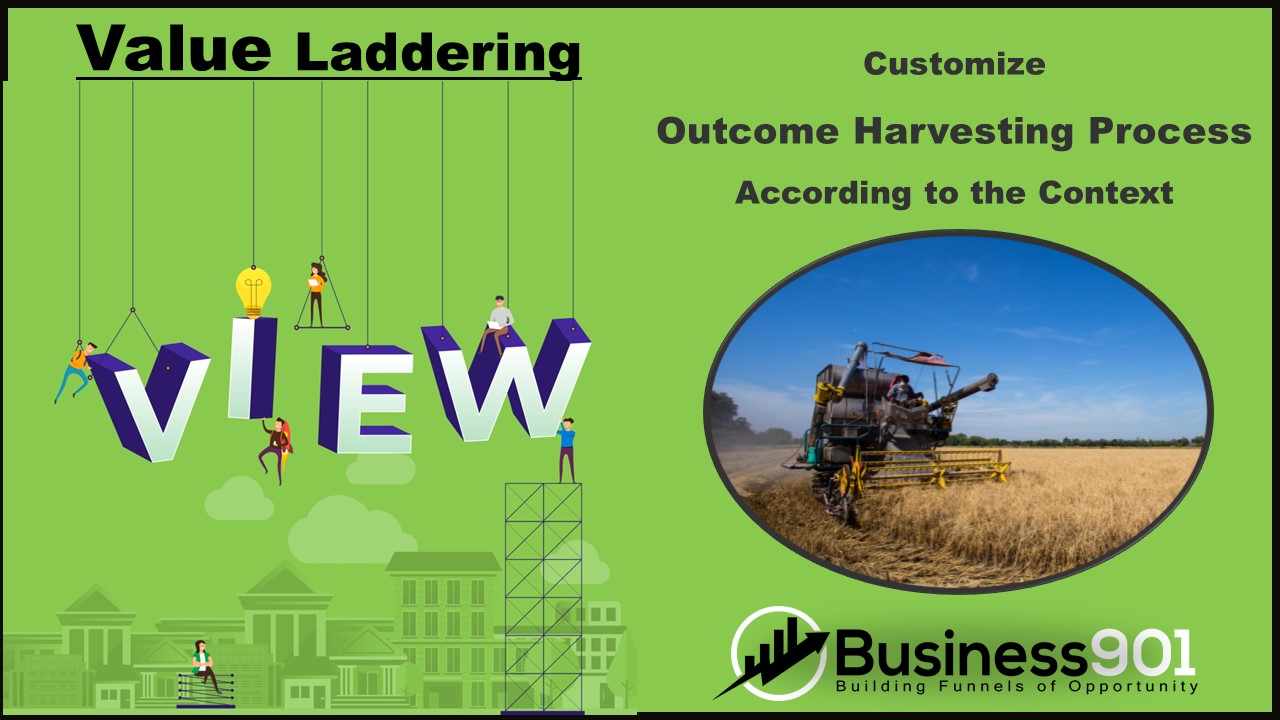The Outcome harvesting Process needs to be customized according to the context. The steps are not always distinct, and feedback from one or more actions can cause a return to earlier steps.
I used the steps outlined in this OUTCOME HARVESTING PDF – INTRAC. https://www.intrac.org/wpcms/wp-content/uploads/2017/01/Outcome-harvesting.pdf
From the PDF:
Outcome harvesting is a monitoring and evaluation methodology used to identify, describe, verify and analyze the changes brought about through a development intervention. It is designed to collect evidence of change, and then work backwards to assess contribution to that change. It was partly inspired by Outcome Mapping, and the two are often seen as complementary methodologies.
Design the user questions that will guide the process and decide what information will need to be collected: Many of the questions you’ll need to answer during the process will come from stakeholders. They might ask how they can help, what they can do to make things better, or what they hope to get out of it. It’s important that you have a good understanding of your audience and why these people are invested in the outcome-harvesting process.
Gather the data by reviewing existing documentation and draft the descriptions: The first step in outcome harvesting is gathering the data through reviewing existing documentation and conducting qualitative research with team members. This information helps you identify gaps in current initiatives and map out their potential positive outcomes (PPOs). The next step is to draft the descriptions of these PPOs. This process might be facilitated through a facilitated conversation or an online brainstorming tool like Mind Mapping. The purpose of this step is to consolidate different ideas into a single, unified view of the company’s strategic direction. Finally, create an action plan that incorporates all of the PPOs and provides a timeline for their implementation. This may involve developing a prioritized list with deadlines for specific actions or creating an overarching strategic plan that guides day-to-day efforts.
Engage with the change agents to review the draft outcome descriptions: Engaging with the change agents within your company to identify the best outcomes is essential. When conducting qualitative research, it’s important to understand what outcomes are most meaningful for the intended stakeholders and how they can be translated into concrete actions. For example, a potential outcome of implementing a new Sales Initiative might be more time for salespeople to focus on key accounts versus exploring for prospects. With these insights in mind, you can use the available data and feedback from change agents to better address needs. There may be gaps in current initiatives or changes that could be improved. You should also ensure that you’re engaged with those who will enact your plans or contribute significantly to them on an ongoing basis. If you don’t have enough buy-in from those closest to the initiative, then it’s unlikely that it will succeed.
Analyze and interpret the outcomes of initiatives: The next step of the process involves analyzing and interpreting the outcomes of these initiatives. This means that people within a company identify what’s working, what’s not working, and why it isn’t working.
After understanding these initial steps this basic 4-step process could be utilized:
- Identify initiatives to harvest and create hypotheses about their outcomes.
- Test the hypotheses with qualitative research and pilot projects.
- Harvest the outcomes of initiatives through quantitative analysis.
- Develop action plans for how to align initiatives with each other better or improve them entirely so they can be more effective.
Support the use of the findings: The process of outcome harvesting offers additional possibilities for the company’s growth. One way to support the use of findings is with a review board that reviews findings and helps guide the next steps. The review board collects feedback from stakeholders and uses it to prioritize implementing changes identified as a result of outcome-harvesting activities. Some firms don’t have a formal review board, but it is possible to use an informal one. These can be set up using any number of tools such as online forums, or having a conversation with your team members after they return from a project using outcome-harvesting techniques. In short, outcome harvesting offers many benefits for companies and their employees. It can help identify strategies to help you achieve your business goals faster with less effort.

